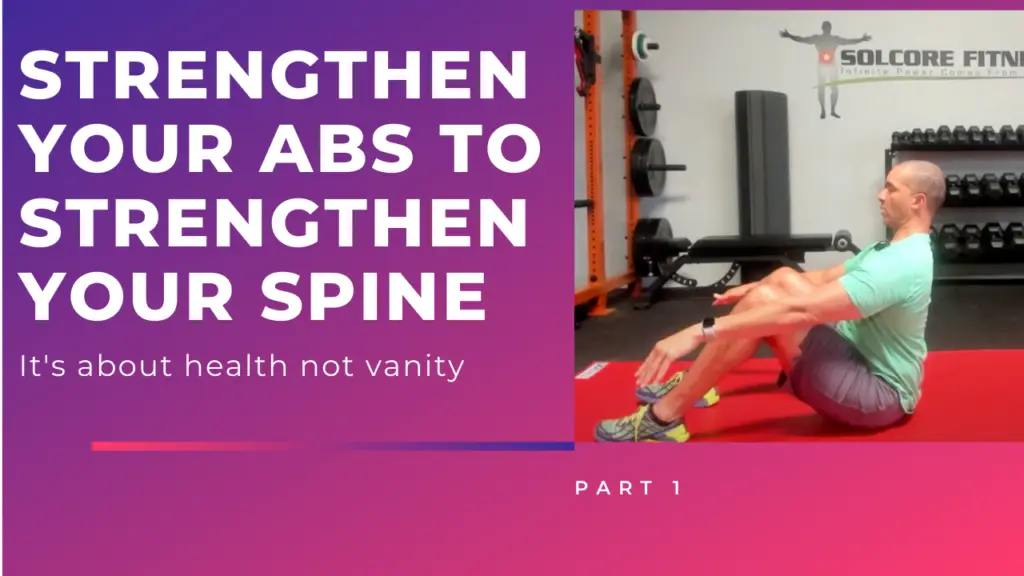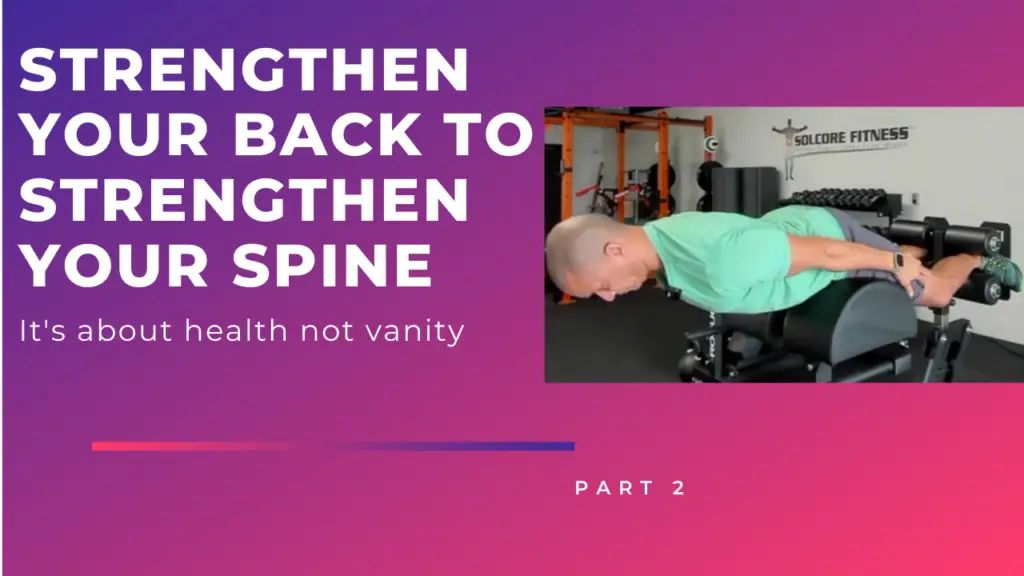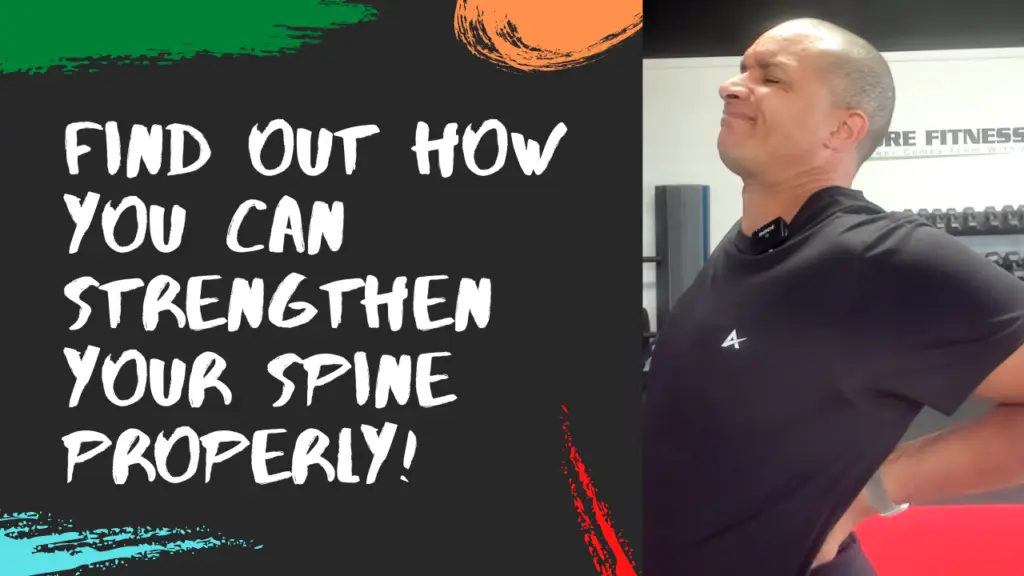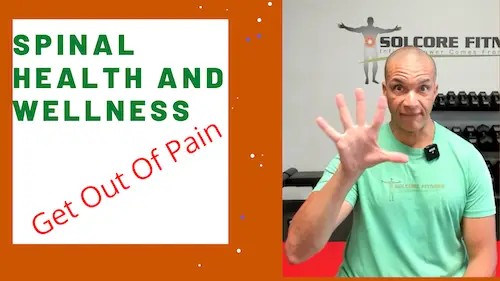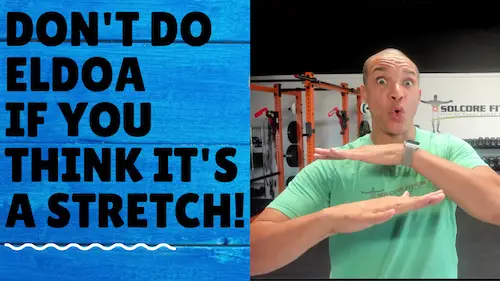
In today’s fast-paced world, it’s easy to give up on your long-term fitness results and health goals when they don’t deliver immediate results. We start with motivation, follow advice, and put in the work, but if our bodies don’t change quickly, frustration sets in. This can lead to abandoning routines, switching programs, or giving up altogether just to escape the discomfort of slow progress.
The lure of “magic buttons,” crash diets, instant fitness plans, or trendy supplements promises big changes fast. Yet the science of fitness is clear: quick fixes rarely offer lasting results. Most extreme approaches may bring short-term progress, but they’re unsustainable, risky, and can even trigger burnout or regression in the long run.
Clients often ask, “What’s the one thing I can do for a great result?” The truth is: real change comes from habit formation, strategic planning, and patience. Your body thrives when given time to adapt—whether your goal is athletic performance, weight loss, muscle gain, or injury rehab. Jumping from one fad to another only stalls your progress.
When I started working out, my goals were sports performance. Later, I focused on losing weight and gaining muscle.
Injury and imbalance forced me to pursue programs tailored for healing and body correction. Each protocol was designed for a different purpose, and none of them produced overnight transformation.
Industry marketing often blurs the reality, pushing a copycat mentality and promising interchangeable results. But proper fitness requires the right plan for your needs, and it takes time. Sustainable results demand you follow a program built around science, progressive adaptation, and personal context—not just what’s popular or “new.”
This is where having an experienced, well-rounded coach is a must.
It’s easy to get discouraged when your hard work doesn’t pay off instantly. But the key is choosing the correct path, sticking to it, and recognizing that small, steady steps outlast fast, dramatic changes. A good program addresses unique needs and provides real rewards—if you’re patient and persistent.
That’s why I’m developing a comprehensive online program that uses step-by-step routines, evidence-based methods, and expert coaching. It’s built for true, lasting changes in strength, health, and vitality.
If you’d like a free consult to find the best program for your goals, click below to schedule a time. If the listed times don’t work, PM me and we’ll find a solution together.
Find out more @
it’s not just working out, it’s building a foundation for a better life.




